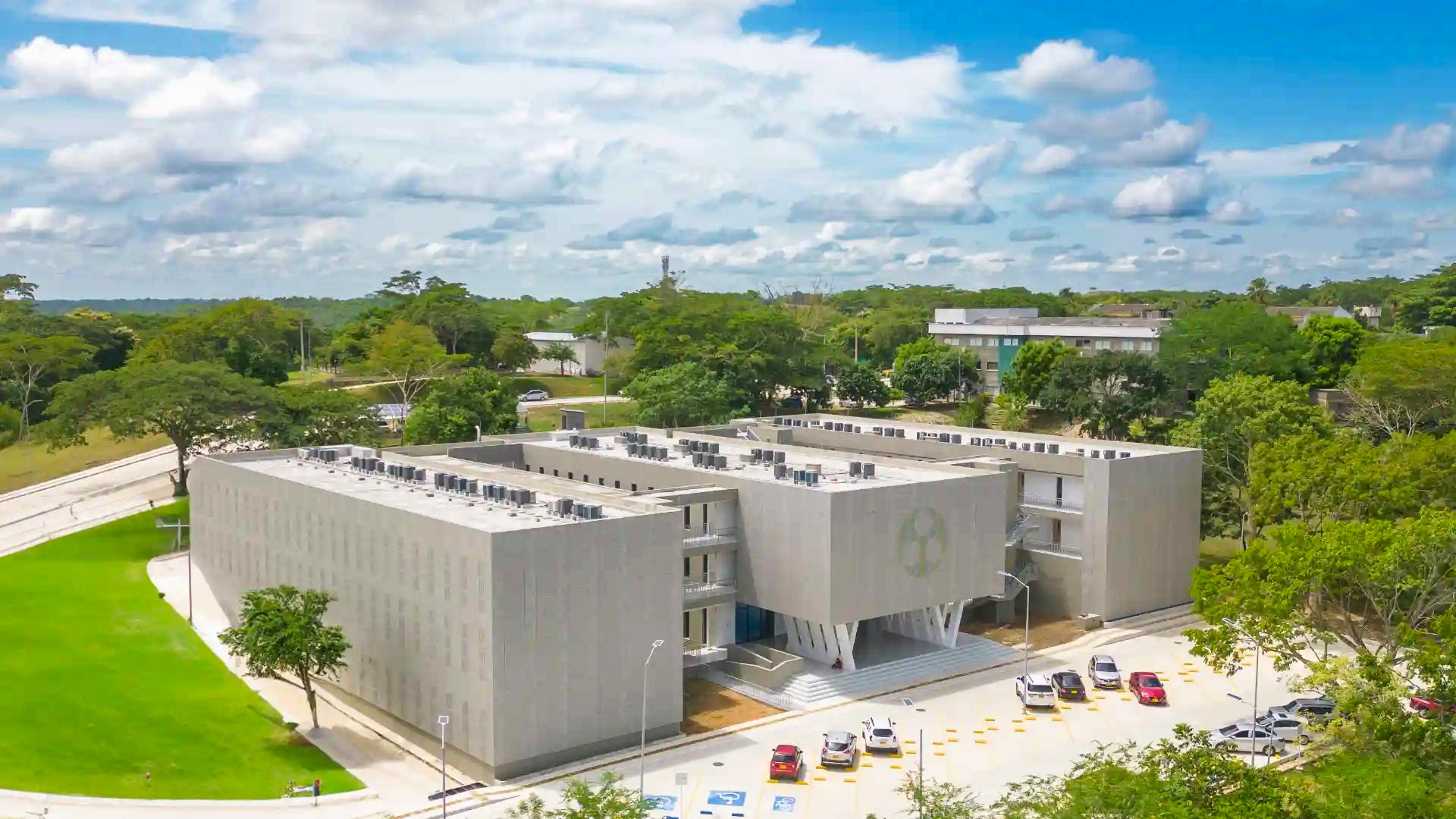Publicaciones
Envíos recientes
Slide 1 of 5
Slide 2 of 5
Slide 3 of 5 Publicación Acceso Abierto Plan de Negocio
(2025-11-18) Arrieta Manjarrez, Victor Manuel; Díaz Tejada, Luis Fernando; Lozano Cabrales, Yeinis Enith; Nader Abad, German José
El plan de negocios de Lifelectric propone una solución innovadora y sostenible a los retos de movilidad urbana en Sincelejo mediante la importación, venta y alquiler de motos y patinetas eléctricas. Esta propuesta busca contrarrestar la congestión vial y la contaminación atmosférica causadas por la alta circulación de motocicletas de combustión interna, ofreciendo una alternativa de transporte más limpia, económica y eficiente. El proyecto parte de una justificación integral que abarca beneficios tecnológicos (vehículos con baterías de última generación, materiales reciclables y diseño modular), socioeconómicos (generación de empleo, reducción de costos operativos), ambientales (disminución de emisiones) y de mercado (responder a la creciente demanda de transporte sostenible). A su vez, la propuesta destaca por facilitar el acceso a vehículos eléctricos de alta calidad a precios competitivos. Desde el análisis de mercado, se identifican oportunidades claras en Sincelejo y otras ciudades intermedias, donde la movilidad eléctrica aún es incipiente. El estudio incluye un análisis del entorno competitivo, y tendencias de consumo. En cuanto a tendencias y soporte científico, se revisa literatura académica reciente (2020–2025) que evidencia un crecimiento sostenido en investigaciones sobre scooters eléctricos, baterías, infraestructura de carga y software de gestión. Se incluye un análisis cienciométrico y tecnológico que posiciona el modelo de Lifelectric en coherencia con los avances mundiales. El modelo de negocio CANVAS y la curva de valor permiten visualizar cómo Lifelectric se diferencia de competidores como Auteco, Ofero o EcoWheels. En el plano organizacional y administrativo, se diseña una estructura jerárquica clara, con funciones definidas para cada cargo, desde el gerente general hasta el personal técnico y comercial. Esto asegura una gestión profesional, orientada a la calidad y la satisfacción del cliente. Finalmente, el componente financiero incluye proyecciones de ingresos, indicadores clave, punto de equilibrio y análisis de capital de trabajo.
Slide 4 of 5 Publicación Acceso Abierto Trabajo de grado - Especialización
(Corporación Universitaria del Caribe - CECAR, 2025) García Galindo, Silvia María; Leyton Camargo, Yina Alexandra; Villegas Carrascal., Milagro de Jesús; Arrieta Bernate, German Javier
El PAMEC es un programa que define la forma de evaluación del cumplimiento de estándares de
calidad en la Institución y busca comparar la calidad observada frente a la calidad esperada, de tal
forma que se identifique la existencia de brechas de desempeño para implementar acciones de
mejoramiento que optimicen la utilización de los recursos destinados a la atención, seguimiento
de los procesos y sus resultados mediante los indicadores que evalúan las características de calidad
definidos en este componente, reporte de indicadores de acuerdo con la normatividad legal vigente,
mejorar el impacto en la salud de los pacientes y la población, y ofrecer al usuario los servicios
que esperan y a los cuáles tienen derecho. El PAMEC, a partir de la identificación de brechas,
prioriza procesos y oportunidades de mejora y establece auditorías sistemáticas que permiten
monitorear la mejora continua de los procesos priorizados, buscando resultados a favor de la
calidad de la salud y la satisfacción de las partes interesadas. En el contexto de PAMEC, la
auditoría se entiende como un componente de la mejora continu
El trabajo.
Slide 5 of 5 Publicación Acceso Abierto Trabajo de grado - Especialización
(Corporación Universitaria del Caribe - CECAR, 2025) Ordoñez Sinisterra, Paula Andrea; Pérez Paternina, Daniela Lucía; Olivero Guerra, Luz Angela.; Arrieta Bernate, German Javier
La humanización en salud se refiere al trato cálido y respetuoso que reciben los pacientes y sus
familias durante su atención en centros médicos, por lo que ha ganado especial relevancia en los
últimos años debido a su impacto directo en la experiencia y recuperación de los pacientes. La
humanización en medicina se nutre de diversas disciplinas, destacando especialmente el papel
fundamental de la comunicación adecuada y empática en la interacción entre profesionales y
pacientes. Una comunicación eficaz es esencial para generar confianza, respeto mutuo y empatía,
especialmente en pacientes con enfermedades complejas o diagnósticos difíciles de aceptar. En
Colombia, se han realizado esfuerzos significativos para garantizar una atención médica equitativa,
mediante políticas que buscan mejorar la calidad del servicio, pero persisten desafíos en la
implementación de una atención verdaderamente humanizada, especialmente en hospitales
ubicados en municipios como Corozal, en el departamento de Sucre, con características sociales y
económicas propias de la región caribe y de las zonas dispersas. Este estudio, de carácter
exploratorio y mixto, se centrará en analizar las percepciones de pacientes, familiares en una
Institución Prestadora de Servicios de Salud del sector público en el departamento de Sucre. A
través de la aplicación de dos instrumentos como encuesta estructurada, que incluye preguntas
abiertas y cerradas, permitiendo obtener datos comparables y profundizar en la experiencia del
encuestado, buscando investigar tanto los aspectos positivos como los negativos del trato recibido,
considerando la influencia de la comunicación y las relaciones interpersonales en la recuperación
de los pacientes y la asimilación de los diagnósticos.
El trabajo.








